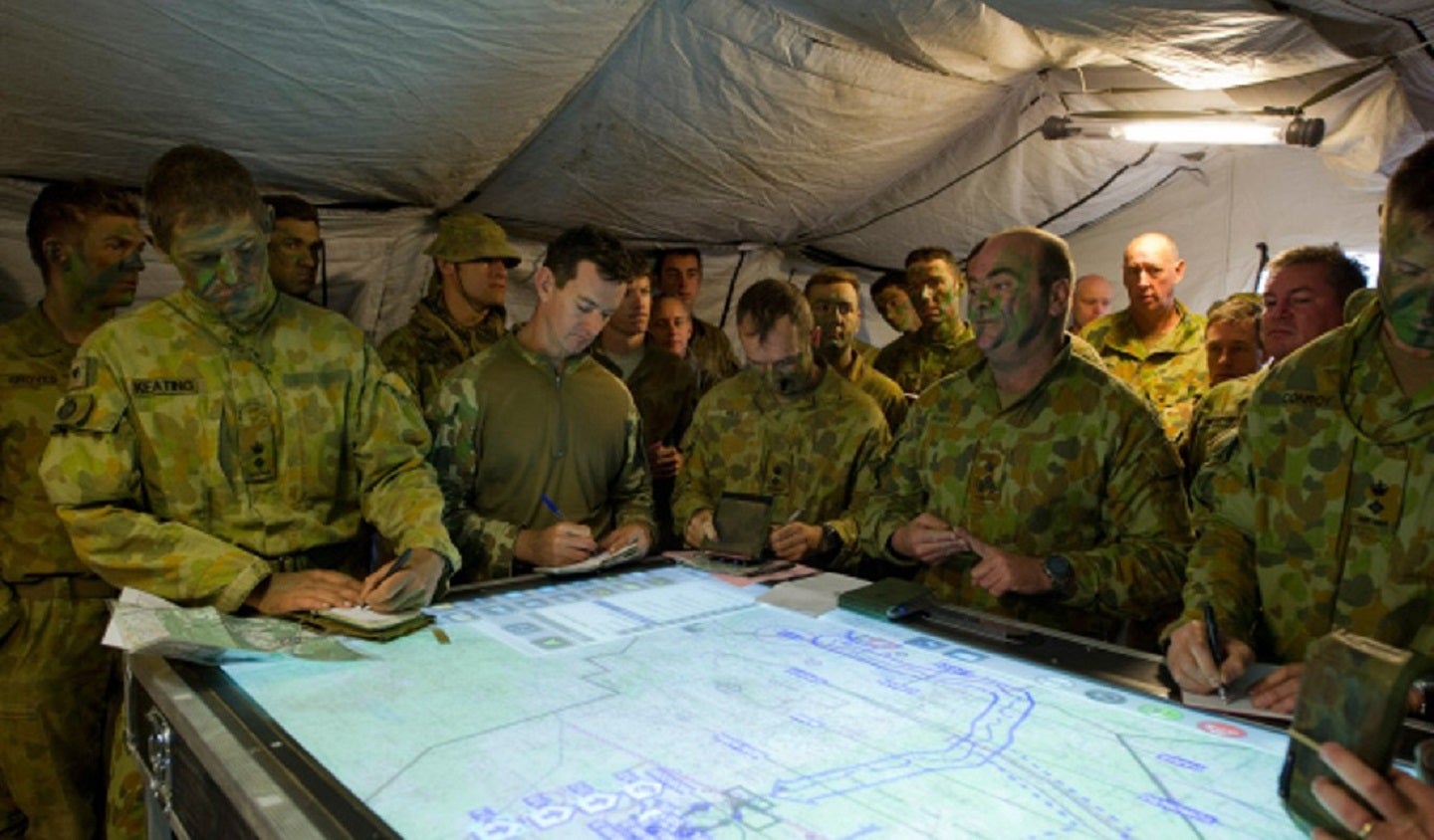
The Australian government has given first-pass approval for the third phase of its LAND 200 Battlefield Command Systems (LAND 200-3) project.
This simply means that the country’s defence department approves of the project and we can expect the government to issue an open tender later this year for a company to integrate the new systems into Australia’s Defence Force (ADF).
A Battlefield Command System is a digital planning and monitoring system that integrates information together for command and control of military operations in the field.
A tactical communications network is a mobile and secure communications infrastructure that provides voice and data distribution of the Battllefield Command System and other related systems.
The whole infrastructure employs multiple C4ISR (command, control, communications, computers, intelligence, surveillance and reconnaissance) solutions that help the efficiency and security of tactical communications.
LAND 200-3
“The investment will improve the security and performance of [our] tactical communications network and battle management systems,” according to a statement from the ADF.
A new battlefield command system will increase the speed and quality of decision-making, which is essential to success in military operations. It will also improve communication and co-ordination within the Army and between the land, sea, air, space and cyber elements of the ADF.
LAND 200-3 is a next generation battlefield command and control capability that meets the current and future needs of Australia’s ground forces.
According to the AusTender website, the project consists of two tranches—LAND 200-3 Tranche 1 and LAND 200-3 Tranche 2.
This Project Notice provides industry with an update regarding: the first-pass approval of the project; an overview of the project scope, intended approach and indicative schedule; the expected release of two Request for Tenders in support of LAND 200-3 Tranche 1; and a planned industry webinar to provide some additional context.
A second tranche will also enhance the tactical communications network and consider additional battle management systems.
Australia’s military motivations
According to GlobalData intelligence, Australia hopes to make use of a theatre command and control framework that enables an enhanced integrated force and a developed network of northern bases to provide a platform for logistics support, denial and deterrence.
These objectives are just some of the strategic defence objectives outlined in the country’s 2023 Defence Strategic Review:
“[The ADF] must enhance its cyber domain capabilities to deliver the required responsiveness and breadth of capability to support ADF operations.
“This must focus on: integrating the defence and management of [ADF’s] C4 networks and architectures; delivering a coherent and, where possible, centralised cyber domain capability development and management function; and building and sustaining a trained Defence cyber workforce.”
The Strategic Review provides more detail on how Australia can bring together this advanced battle management system. We can expect the ADF to invest in specific advanced sensor equipment to furnish this Battlefield Command System in the future.
“To meet the demands of the deteriorating security environment, [the ADF] must invest in the targeting systems and processes required to support the use of advanced and long-range weapons, undersea warfare, and integrated air and missile defence.
“Existing plans should be accelerated including development of key supporting systems and processing, exploitation and dissemination of intelligence.”




